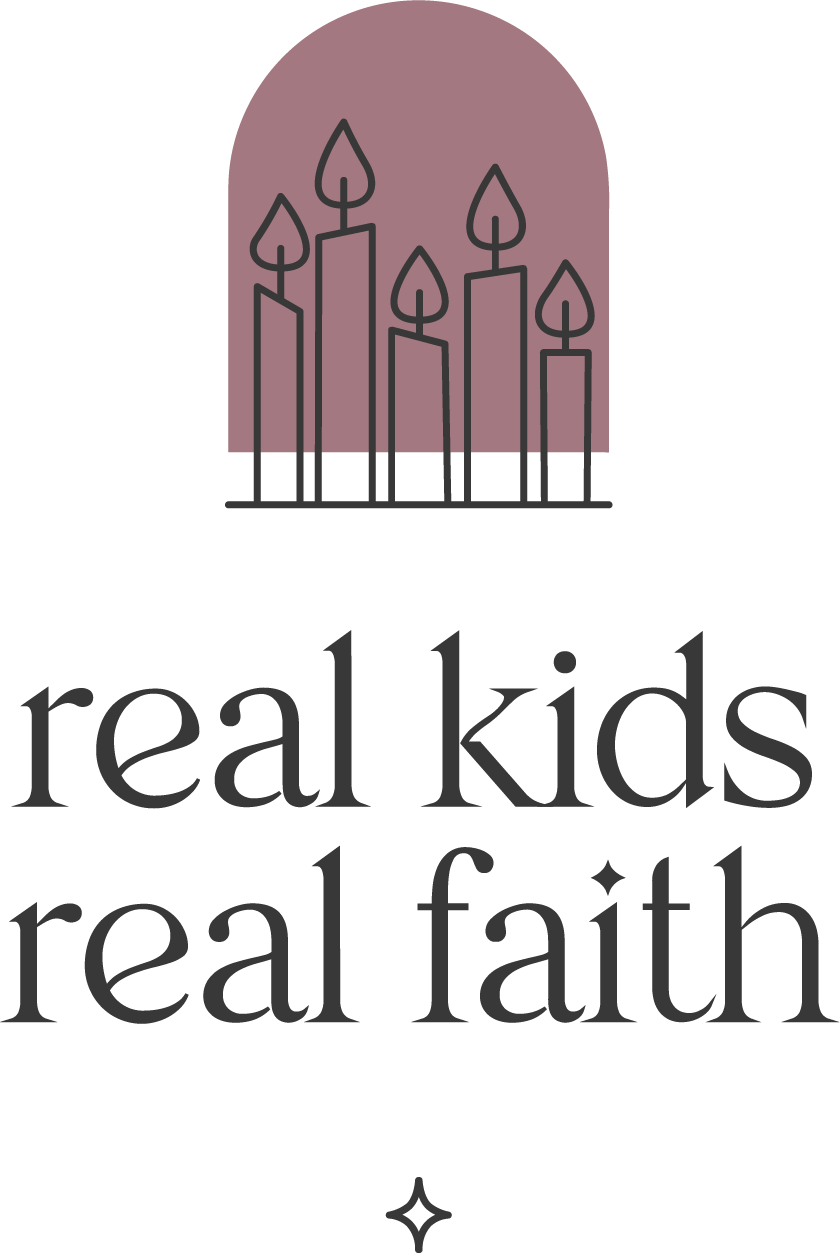When my children were young, we dressed them in a rainbow of hues. Some people found this frustrating because they couldn’t reliably guess our kids’ genders. They would lash out, insisting our children would be maladjusted and ostracized because they were wearing the ‘wrong’ colors.
All three are now confident, well-adjusted young adults. Two identify with their genders as assigned at birth. One is a transgender woman who prefers ‘she/her’ pronouns to the ‘he/him’ references of childhood.
Gender is a social category rather than a biological fact. X and Y chromosomes influence bodily characteristics and hormones, but they do not dictate how children see or present themselves. Making room for children to identify and claim an authentic gender identity means celebrating gender diversity so they feel comfortable exploring different expressions of themselves.
A place to start is to talk about gender diversity as a reality. Just as young children can understand that ‘dessert’ includes more than just cake or pie, they are able to learn that ‘gender’ means more than ‘he’ or ‘she’. Share the varied pronouns used by people in your community. Encourage kids to ask others what pronouns they prefer, and model this behavior yourself. Point out the varieties of clothing styles across gender identities. Gently correct gender assumptions based on visual cues or mannerisms, saying (for example), “Just because someone likes pink doesn’t mean they identify as female.”
Since there are many personalized ways to be a kid or adult, encourage children to pay attention to their feelings when it comes to picking favorite colors, activities, clothing, and nicknames. Ask questions such as ”How do you feel when you play [game/activity]?” “How do you feel while wearing x?” “When people call you x, how do you feel?” This helps kids develop self-awareness, which is a key component of healthy identity construction.
Affirm children’s choices, particularly when others challenge them. If your child wants to use ‘ze/zim’ as their pronouns, introduce them to others and add “Ze prefer ze/zim pronouns”. Seek out clothing brands (see Related Resources) that offer gender neutral options and stores that minimize gender stereotyping. If a child who identifies as a boy wants to wear nail polish, tutus, and sparkly jackets, discourage others from labeling him as queer or belittling his choices.
It’s also helpful to remind kids that gender, like other aspects of their identities, is under construction. They don’t need to be sure about who they are or how they want others to see them. They can try out different possibilities to see if they are comfortable with certain pronouns. They can explore what various identity labels mean and whether they apply. Share ways in which your own sense of self shifted and changed as it developed. Look at photos from your childhood together and notice ways in which you experimented with different kinds of identities (gendered or otherwise).
Related Resources
- Discussing Gender with Kids / Home
- LGBTI-SafeZone Terminology | Office of Equity, Diversity, and Inclusion
- Healthy Parenting Tips - Gender Spectrum
- 20 gender-neutral clothing brands for babies and kids - Today's Parent
- Gender & Sexual Diversity Inclusion | RKRF
- Being Gender Inclusive | RKRF
- Gay Pride Spirituality | RKRF

Comments